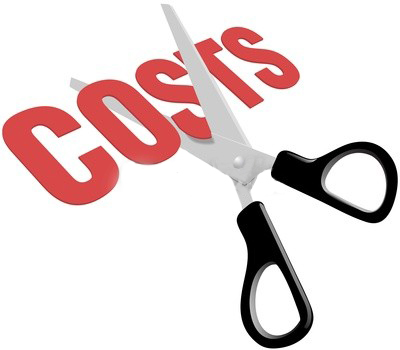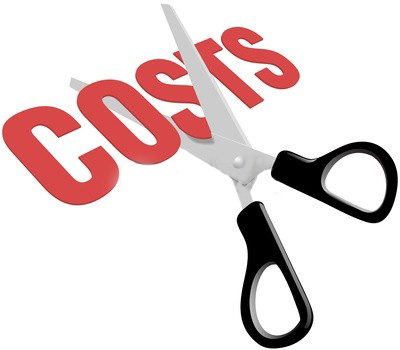
Insurance Eligibility Determination
Nitin Chhoda shares why verifying insurance eligibility should happen before and not after treating patients.
 The biggest challenges for medical coders and billers come from health insurance companies and its insurance eligibility.
The biggest challenges for medical coders and billers come from health insurance companies and its insurance eligibility.
With such high rates of rejection and denial of claims, the medical biller or coder, or physical therapy billing staff can be responsible for significant losses and a reduction in efficiency that can be damaging to the practice.
Claims submission rules change from company to company, not to mention for federal, state, and local programs. To reduce rejections and denials, take these steps to make sure you determine insurance eligibility.
Determining insurance eligibility should be done at the very beginning of any patient induction process. Ideally, before the patient even shows up for their appointment, so that you and the patient will already know what is covered and what is not.
Goals to Focus On
Remember that the purpose of checking for insurance eligibility will help you stay focused. Your goals should be to minimize claim denials and re-submittals, as well as eliminate any unpaid balances that patients owe. If you can keep those goals in mind, you will have an easier time controlling the aspects of the process that you can control.
Change Workflows
Another key thing to remember when it comes to insurance eligibility verification is that your patients likely have no idea what their insurance plan covers and does not cover. Many practices institute a pre-screening process to get some basic information from the client and learn what their expectations are before they have any bills to pay.
Pre-screening for insurance eligibility may be hard to get used to at first, because it will require that the medical biller actively spends time finding out information. That time will be hard to find for most medical billers.
On the other hand, consider the amount of time that you spend dealing with rejections, denials, and re-submittals of forms. How much is it hurting the practice to carry a large balance in accounts receivable?
And wouldn’t it be more time and cost effective if you got that part of determining insurance eligibility out of the way from the beginning? The answer to that last question is a definite yes! So consider starting with a workflow that adds a bit of time at the beginning but cuts a lot of time on the other end of the billing and insurance eligibility process.
It may be difficult at first, but you will get used to talking to clients regularly about their insurance status. New patients will be easy.
If you use the approach that you are trying to help them, they should be amenable to giving you answers where they can.
Let them know that you understand how complicated it is, but that it will be easier for them and for you if you both figure it out now.
But it’s not only new patients you need to worry about. Patients whose coverage changes or who you haven’t seen in a while will also need verification of insurance eligibility.
If you can make some small changes, you can figure out just how much a patient will owe even before you file any claims. Ideally, you can even ask patients about their insurance eligibility and have them pay their portion up-front, entirely eliminating unpaid balances from accounts receivable.




















